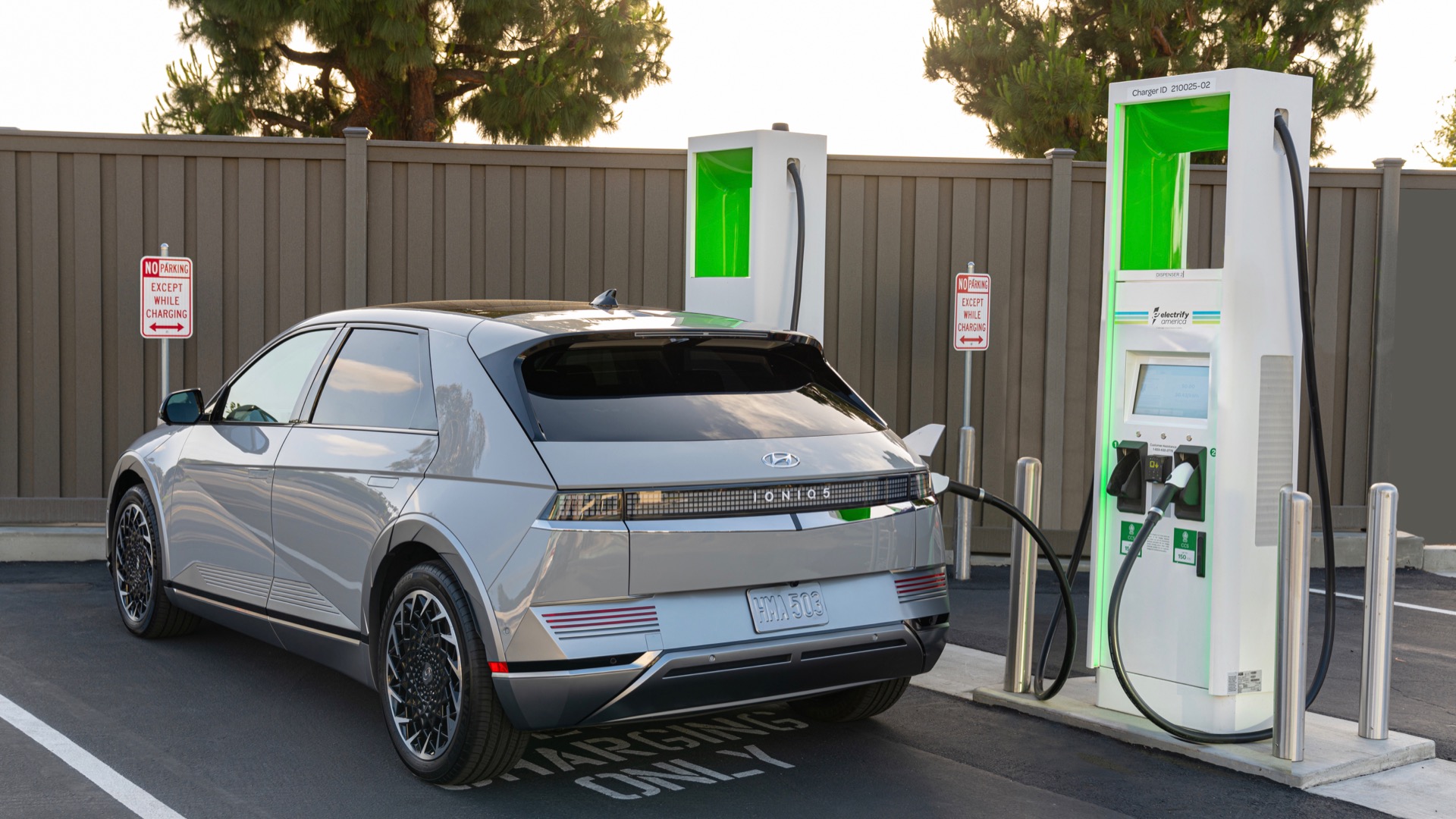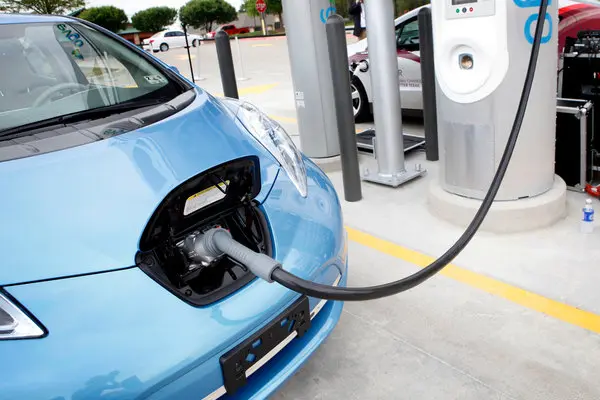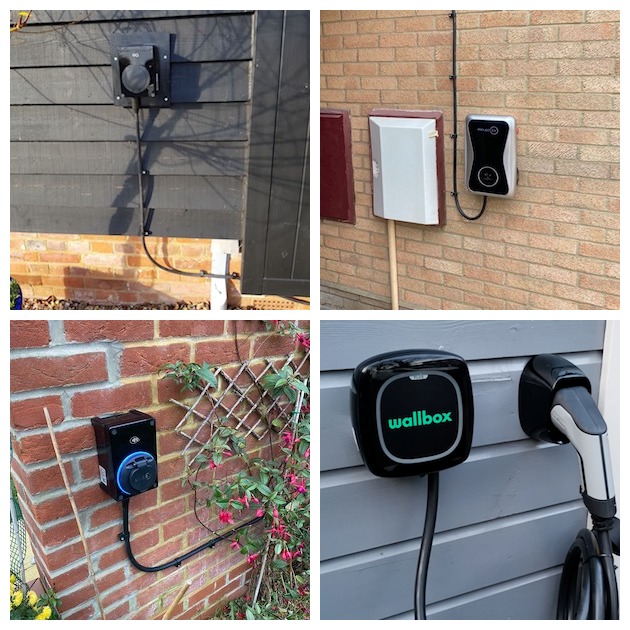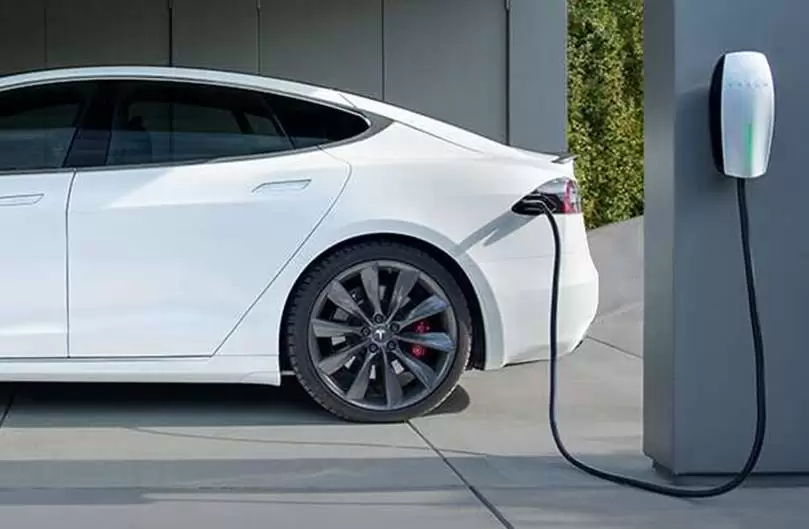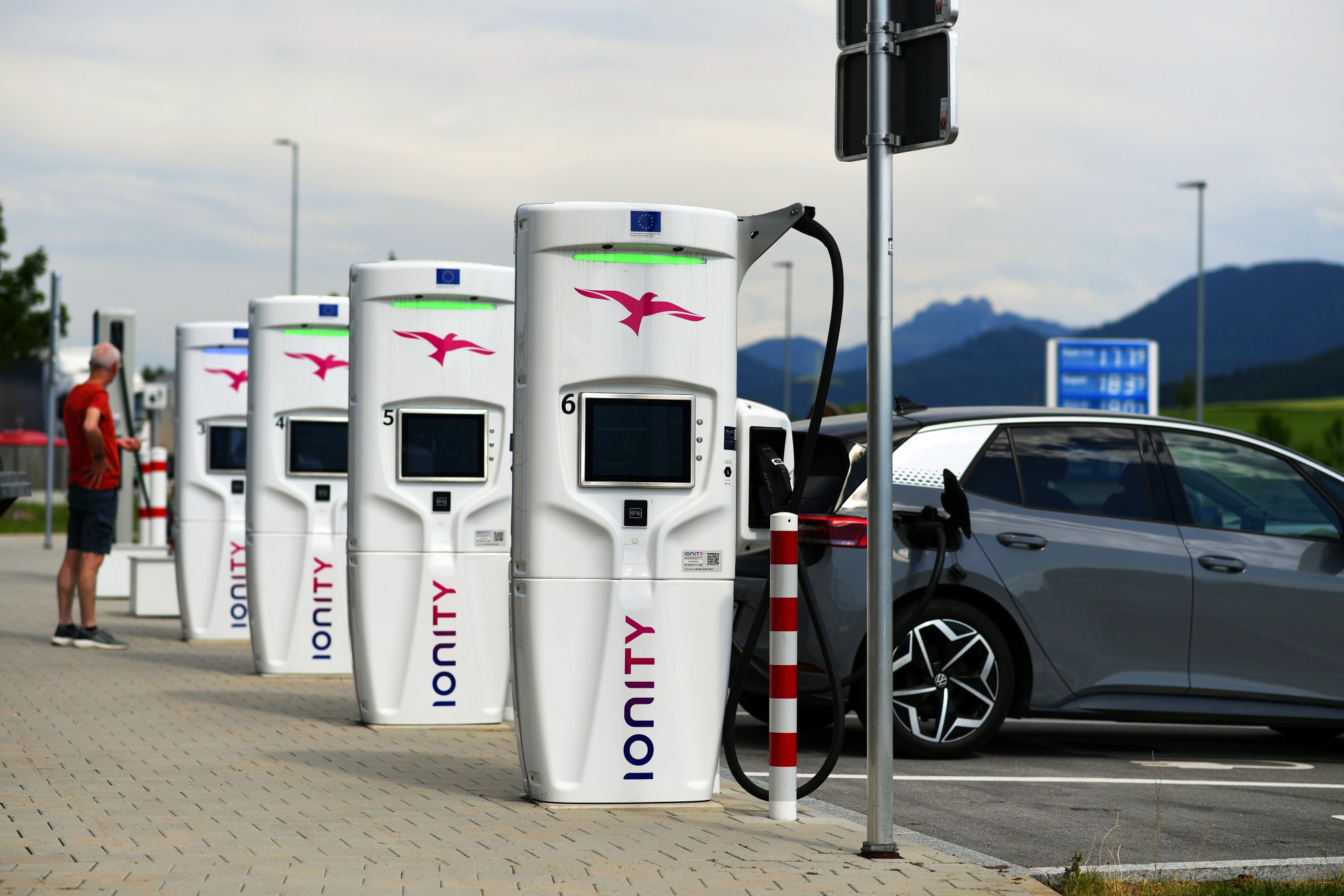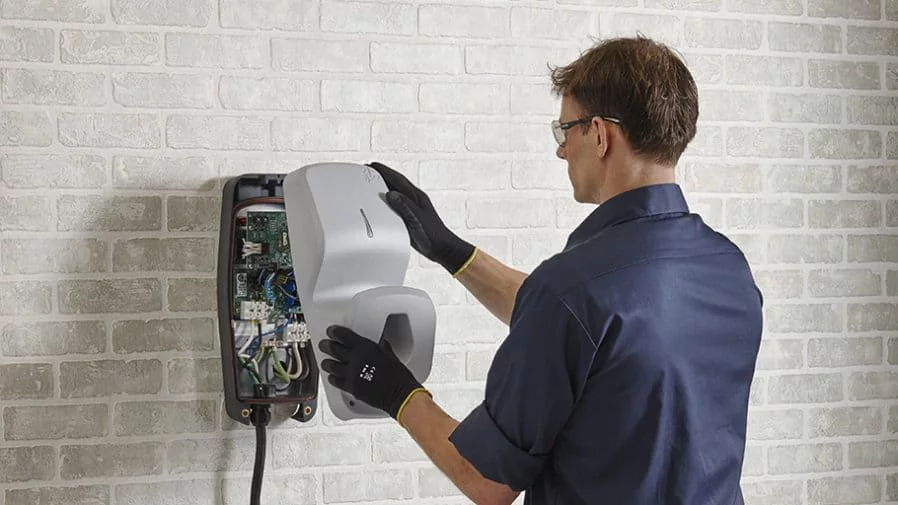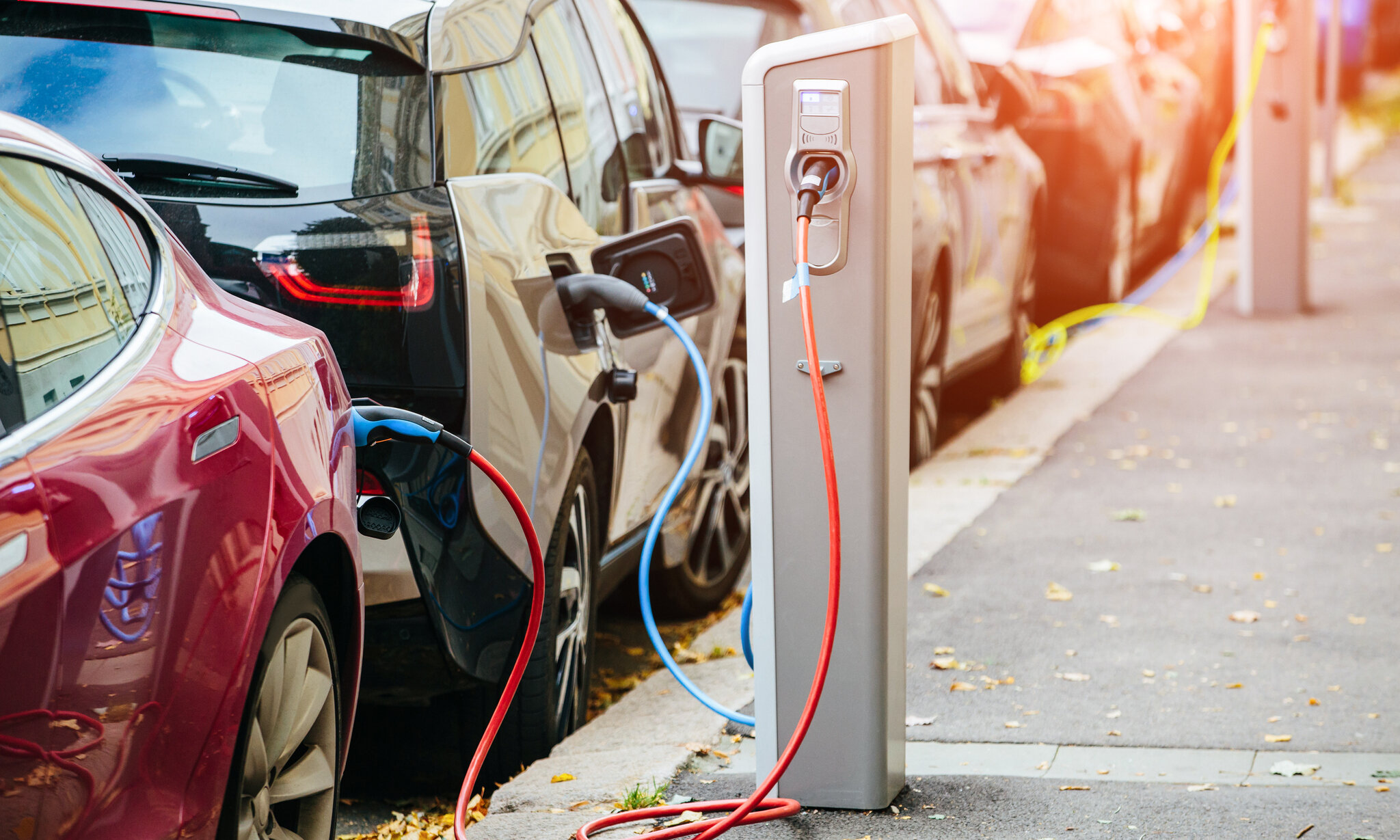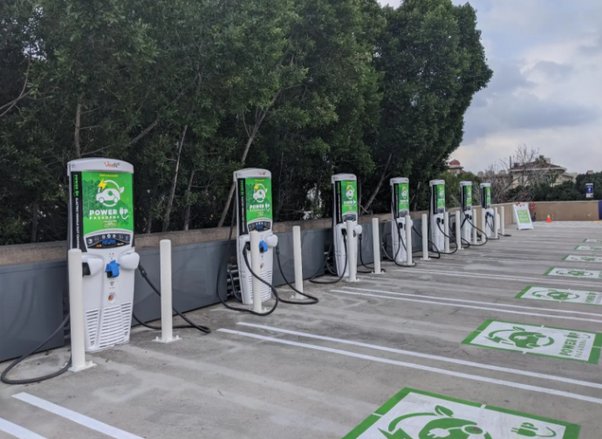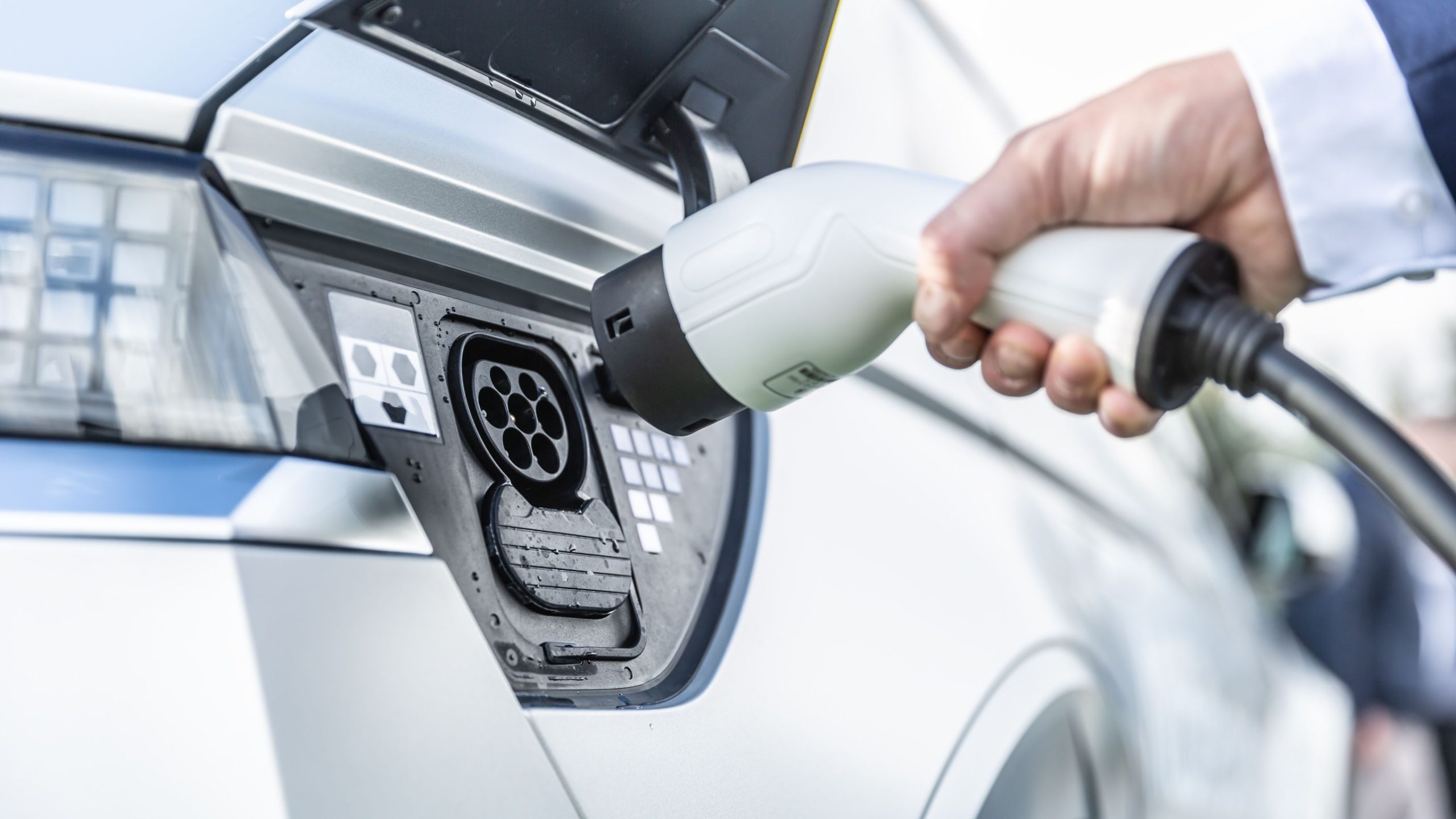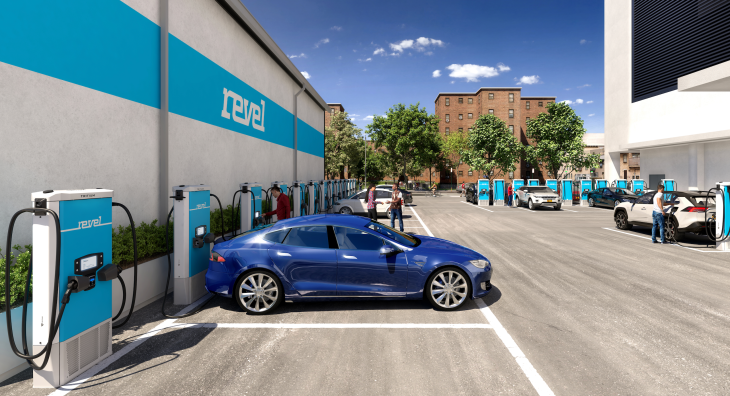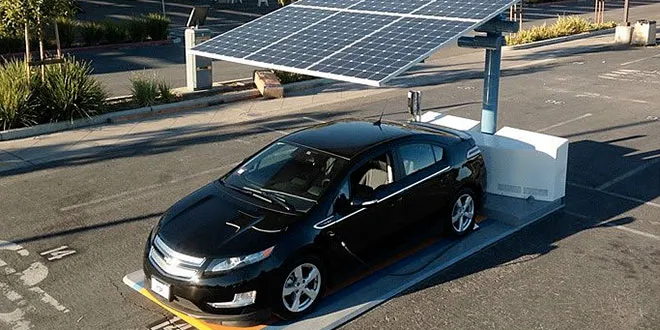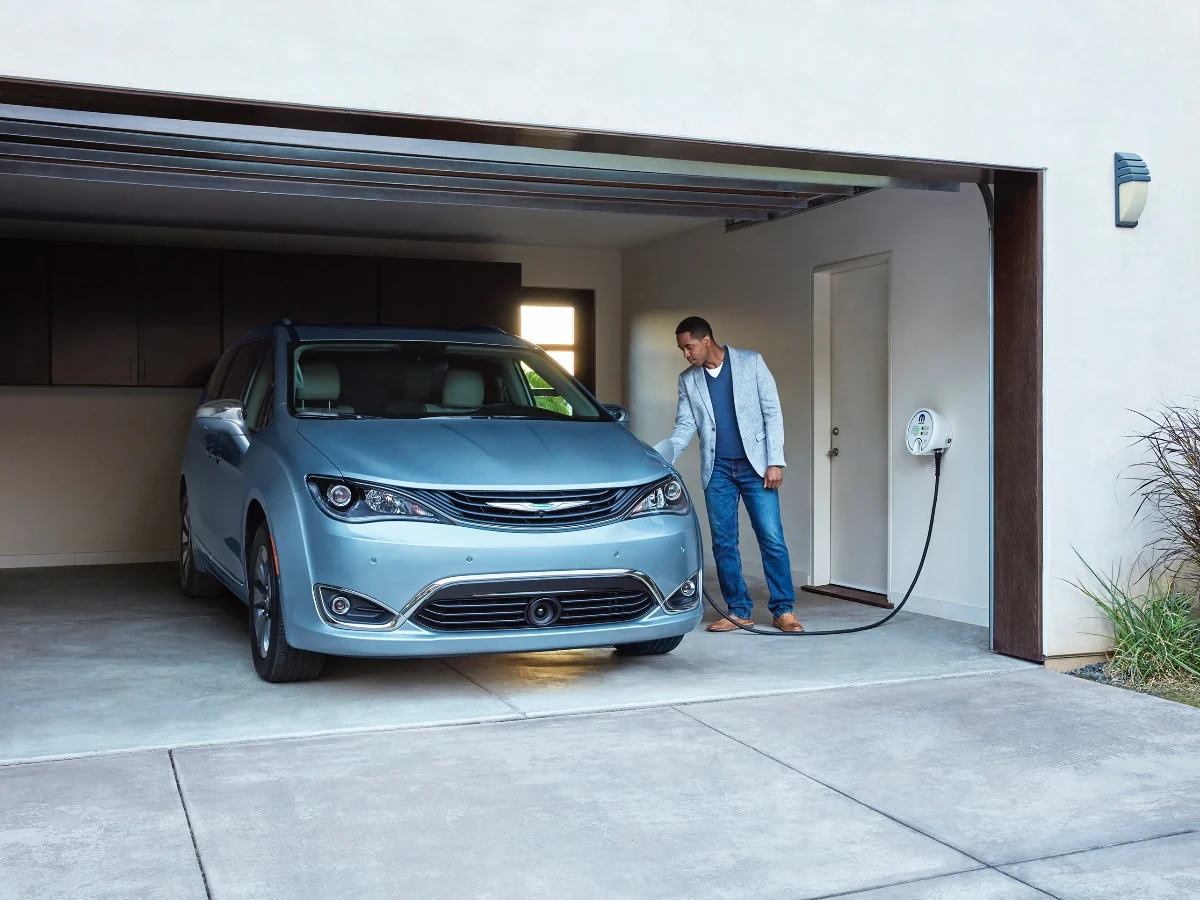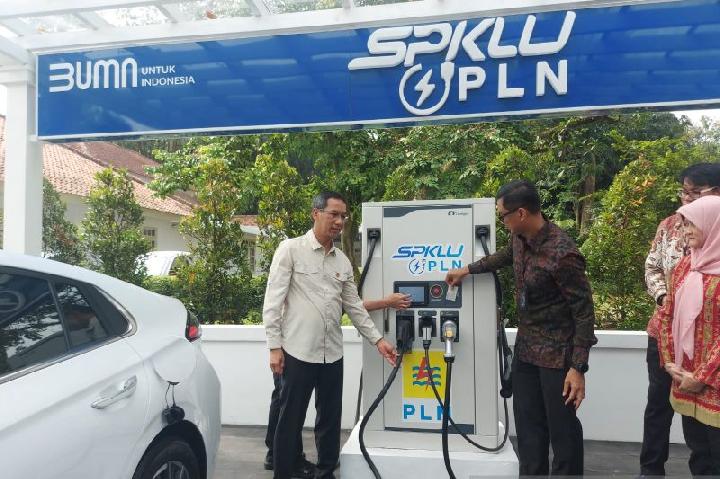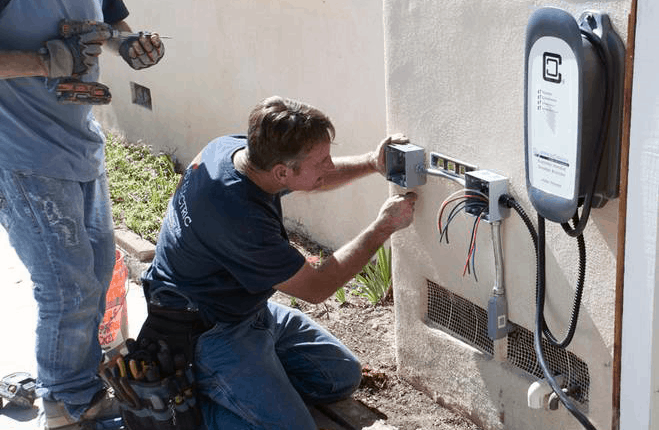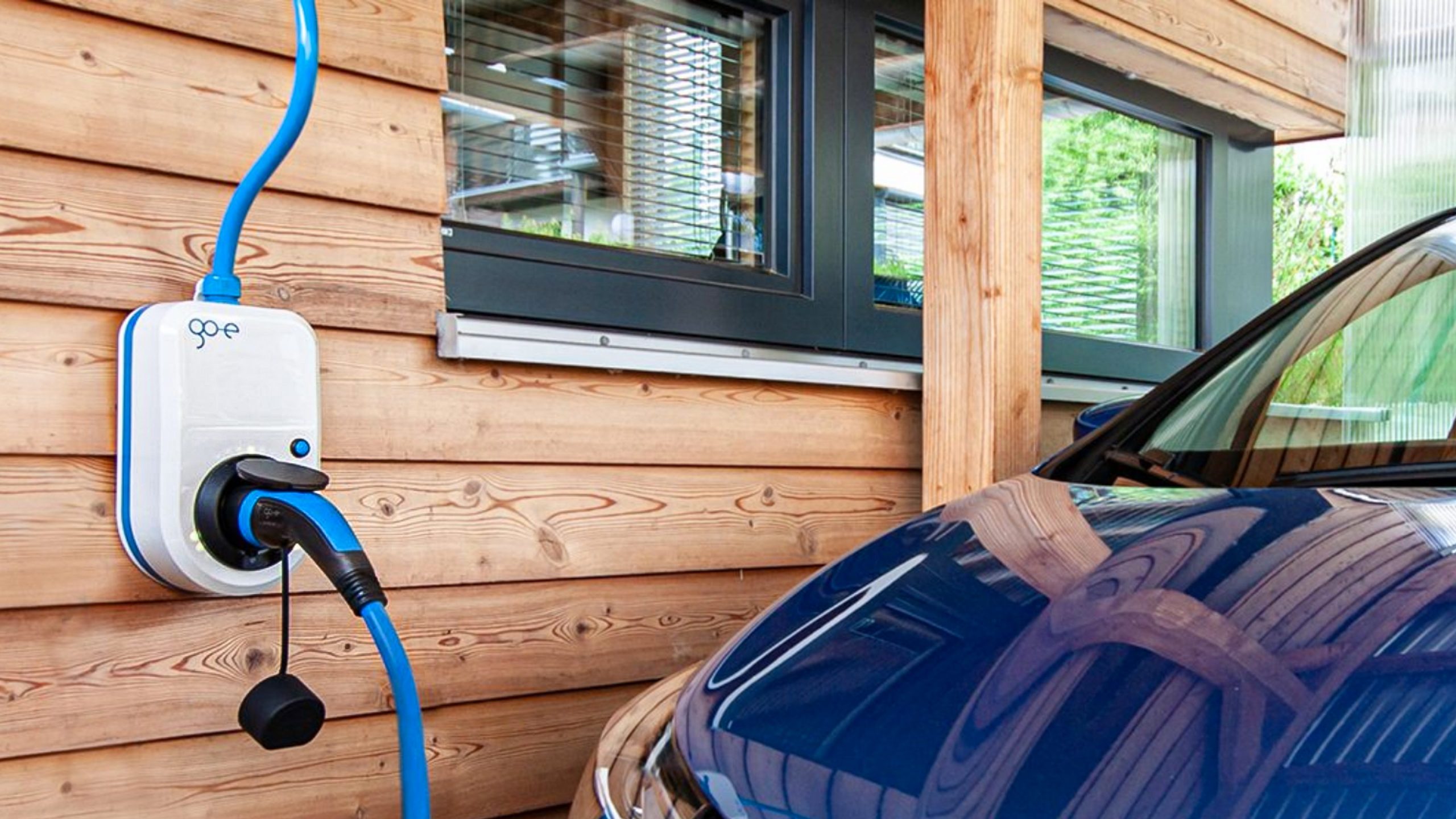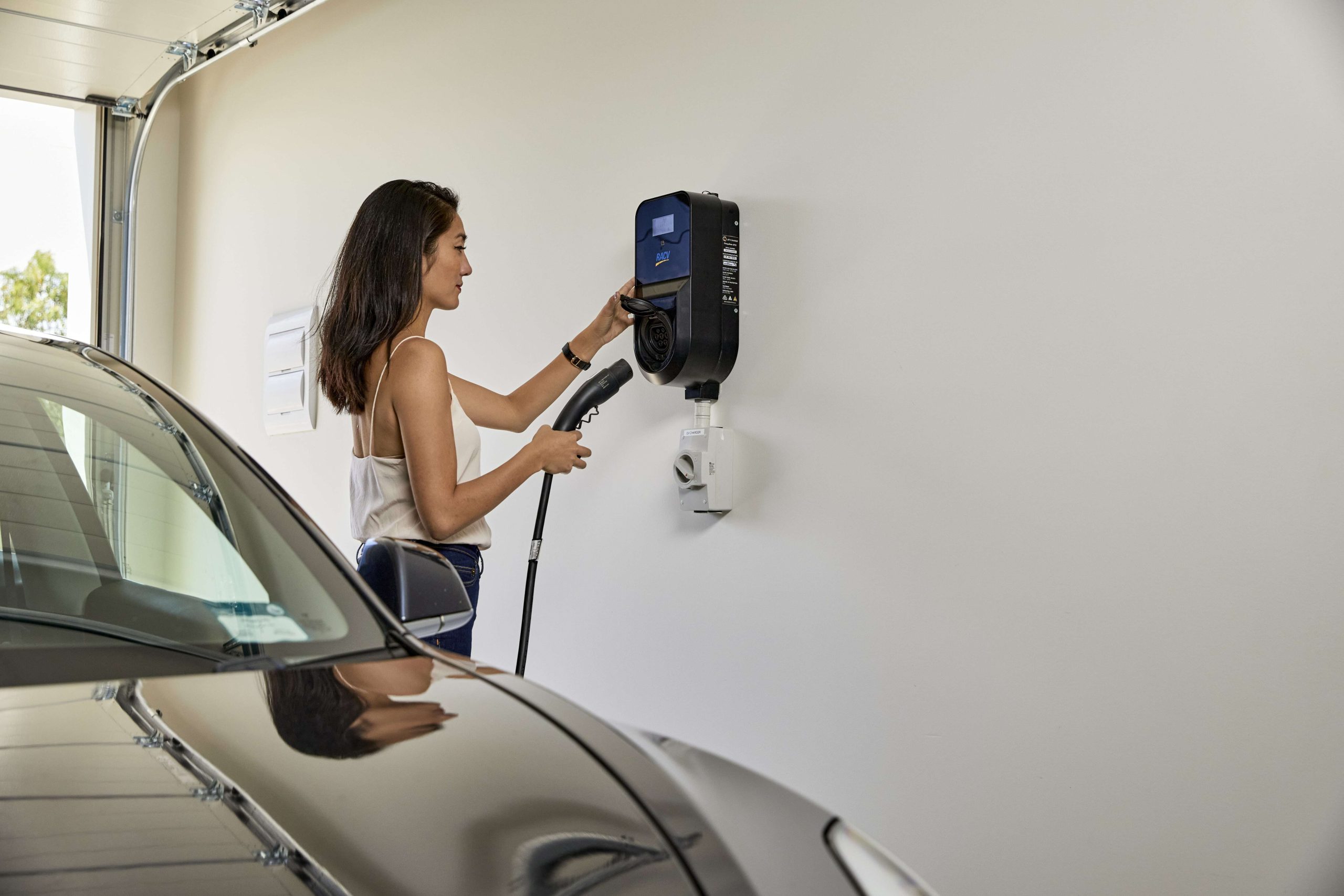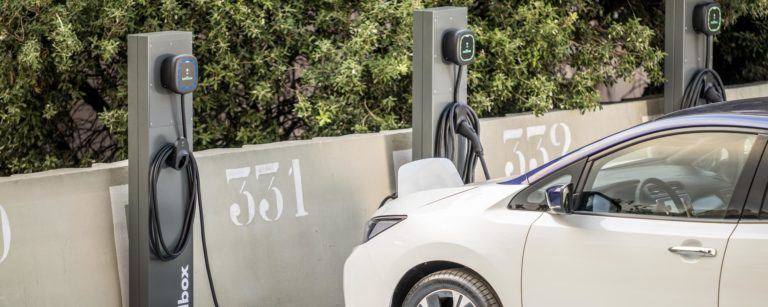Yosemite Electric Car Charging. Planning a trip to Yosemite National Park in your electric car? You’re in luck! The park has a number of charging stations available for visitors. Here’s everything you need to know about Yosemite electric car charging.
Types of Chargers
There are two types of electric car chargers available at Yosemite National Park: Level 2 and Level 3.
- Level 2 chargers are the most common type of charger. They provide 240 volts of power, which can add about 20 miles of range per hour. Level 2 chargers are typically found in parking lots and garages.
- Level 3 chargers are faster than Level 2 chargers. They provide 480 volts of power, which can add about 60 miles of range in 20 minutes. Level 3 chargers are typically found at highway rest stops and service stations.
Charging Station Locations
There are a number of charging stations located throughout Yosemite National Park. The following is a list of the most popular charging stations:
- Curry Village: There are two Level 2 chargers located in the Curry Village parking lot.
- Yosemite Valley Lodge: There are two Level 2 chargers located in the Yosemite Valley Lodge parking lot.
- The Ahwahnee Hotel: There is one Level 2 charger located in the The Ahwahnee Hotel parking lot.
- Badger Pass Ski Area: There is one Level 2 charger located in the Badger Pass Ski Area parking lot.
- Wawona: There is one Level 2 charger located in the Wawona Hotel parking lot.
Read too: How to Become an Electric Car Mechanic and Shape the Automotive Revolution? Unleashing the Future
Charging Rates
The cost of charging your electric car at Yosemite National Park varies depending on the type of charger you use.
- Level 2 chargers: The cost of charging at a Level 2 charger is $0.25 per hour.
- Level 3 chargers: The cost of charging at a Level 3 charger is $0.30 per kWh.
Tips for Charging Your Electric Car at Yosemite National Park
- Plan ahead: Before you go, make sure you know where the charging stations are located. You can find a map of the charging stations on the Yosemite National Park website.
- Charge during off-peak hours: The charging stations are busiest during the day. If you can, try to charge your car during off-peak hours, such as early in the morning or late at night.
- Bring your own charging adapter: Not all charging stations have the same type of connector. Make sure you bring your own charging adapter so you can connect to the charger.
- Be patient: Charging your electric car can take some time. Be patient and enjoy the scenery while you wait.
Yosemite National Park is a beautiful place to visit, and it’s even better when you can do it in an electric car. By following these tips, you can make sure your trip is smooth and enjoyable.
